In today’s fast-paced digital era, mobile devices have transformed the way we interact, work, and entertain ourselves. People across the globe, of all ages, find themselves glued to their phones for at least some part of the day as their daily routine. And with a mobile application designed to cater to every need of a diverse population, their routine becomes a necessity.
Stuti Mazumdar & Vidhi Tiwari - May 2024

This acts as a convenient solution for a lot of industries—digitizing processes into mobile apps. A well-crafted mobile app design is not merely an aesthetic endeavor but a strategic imperative, influencing user engagement, satisfaction, and ultimately, the business’s influence on the market.
Why Design Better Mobile Apps?
Imagine unlocking your smartphone and being greeted by an interface that seamlessly guides you through tasks, understands your preferences, and responds to your touch with intuitive precision. Now, wouldn’t that be a delight! This fantastic experience is the result of design choices made with the aim of meeting users’ expectations across the journey.
It does two things—lets your target audience know that you care about their experience and helps your business cement its position in the industry.
Designing successful apps is a skill that requires the perfect blend of craft and business intelligence. Let’s embark on a journey to explore the essential elements that make or break a mobile app’s design. We will delve into the intricacies of creating an app that goes beyond visual appeal and becomes an integral part of the user’s daily routine.
1. Understanding Target Audience

The inception of every UX design strategy is understanding your target audience. Not knowing all about your target audience can result in an app that doesn’t solve any user problem, leading to an unfruitful experience.
Mapping out your target audience should result in detailed user personas, their pain points, ideal and frequent user journeys, etc. All this data curated together can help you in designing a mobile app that they keep coming back to.
2. Conduct Market Analysis

Conducting a thorough market research should ideally include understanding our target audience, the market scenario, the existing product, and industry competitors. A market analysis report can give you very useful insights, helping you understand the popularity of similar apps available in the market and your competitor strategies. This will allow you to optimize your app from the very beginning.
Before you start the development of an application, conducting research can help you shape your strategy better. It educated you about your competitors—their strengths, weaknesses, and brand positioning to help you make informed decisions. This unveils the pain points of your consumers to power the app features you need to work on.
3. User-Centric Design

The foundation of any successful mobile application is a user-centric design strategy. Crafting a plan that caters to your audience’s needs is crucial in designing a relevant and ever-green experience. After all, a user friendly interface with intuitive navigation ensures a positive user experience, encouraging users to engage with the app regularly.
4. Responsive and Adaptive Design
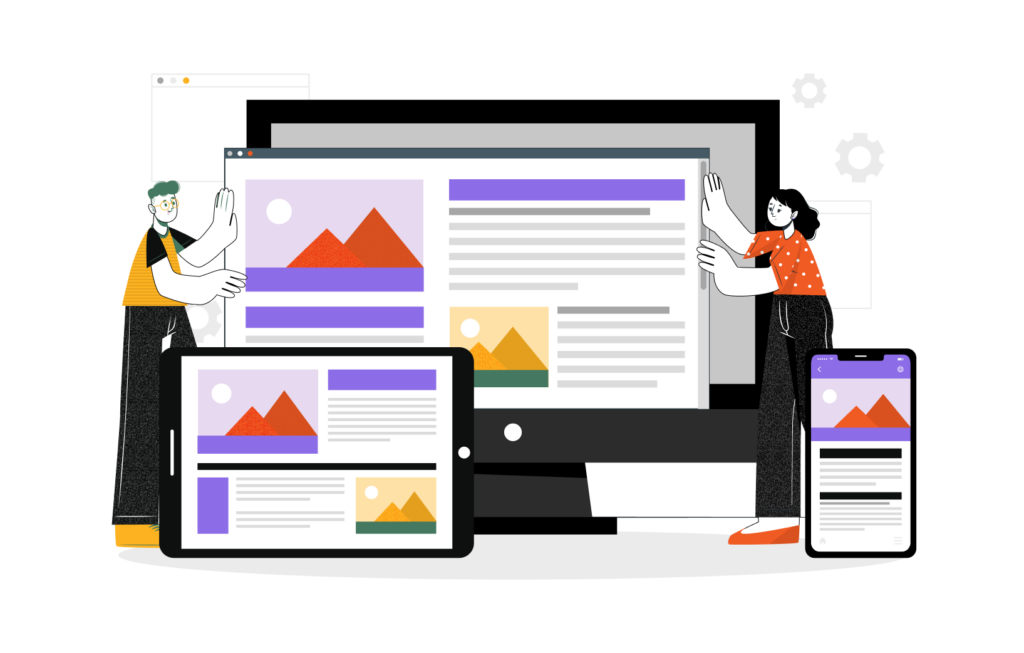
Mobile devices come in various sizes and resolutions. To provide a seamless experience across different screens, your app should have a responsive and adaptive design. This means the layout and features should automatically adjust to fit various screen sizes, ensuring a consistent and visually appealing experience on smartphones and tablets alike.
5. Intuitive and Multi-Directional Navigation
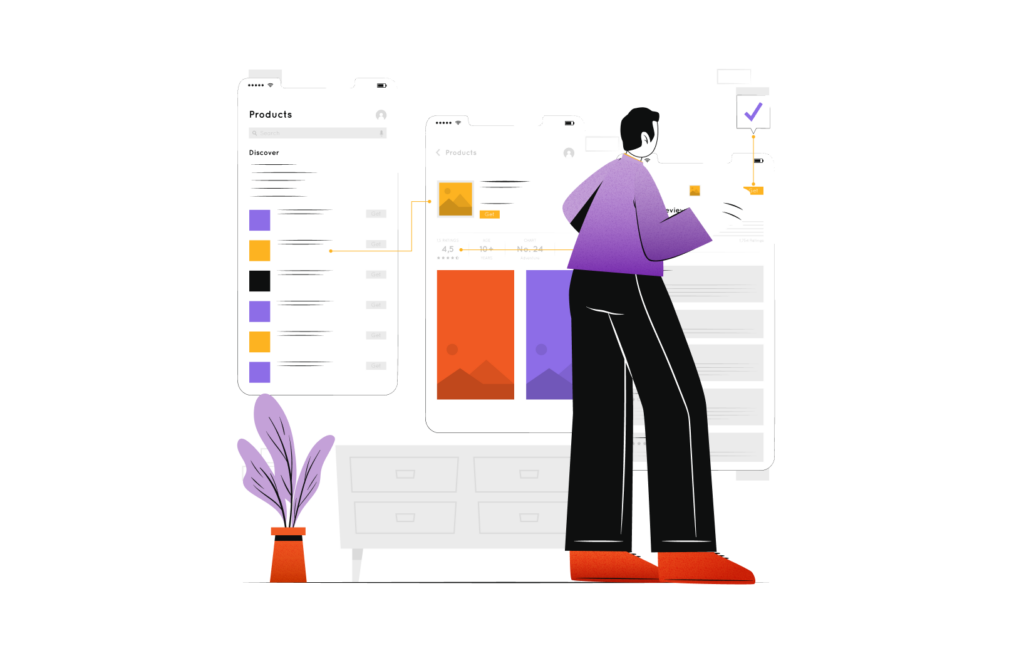
Intuitive navigation reduces the learning curve and enhances user satisfaction. Designers may implement a clear and logical menu structure, utilize familiar icons, and minimize the number of steps required to complete key actions that lead to a successful user journey. Consider prioritizing easy access to essential features to keep users engaged.
A different kind of navigation might be the key to a better user experience—multi-directional navigation. This innovative approach to user interface design is aimed at simplifying various user flows and interactions. It makes use of horizontal and vertical navigation through sliders and scrolls, enabling users to engage and interact with the content dynamically. This enhances usability across the application, making it easy for users to access various sections of the app that are easily overlooked.
6. Performance Optimization

The app’s UI design may play a major role in how users feel about it, however, they are likely to abandon it altogether if it’s slow or prone to crashes. Optimize the performance of your mobile app by minimizing loading times, compressing images, avoiding audiovisual effects, and streamlining code to ensure your application runs smoothly. Regularly test your app across various devices and operating systems to identify and address performance issues promptly.
7. Consistent Branding

Maintain a consistent branding identity throughout your mobile application. From app icons to color schemes and typography—everything accounts for a holistic brand experience. Ensure that the UI design aligns with your overall brand image since consistency helps build trust and recognition, making users feel more comfortable and familiar with your app.
8. Accessibility
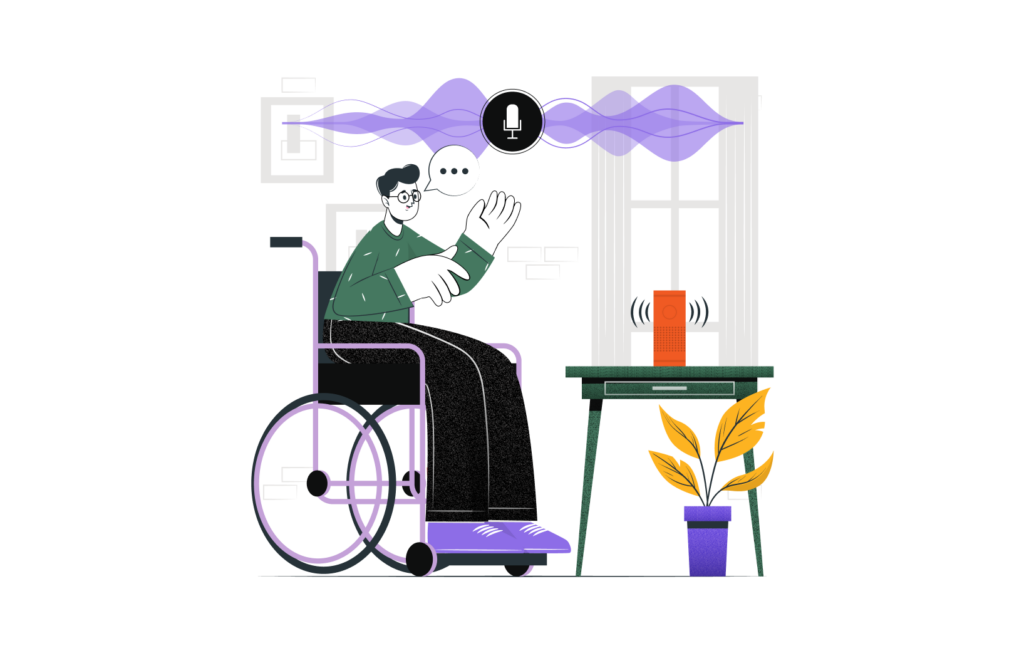
It is frustrating to users when tap targets are too small for them to use. Dealing with issues related to links, buttons, and controls can hamper the user experience. Hence, it is ideal for these elements to be at least 87mm by 10mm.
Also, consider the kind of typefaces that would be ideal and user-friendly for any screen size. Remember, clear and big fonts are always easy to read and understand.
9. Personalization and Customization
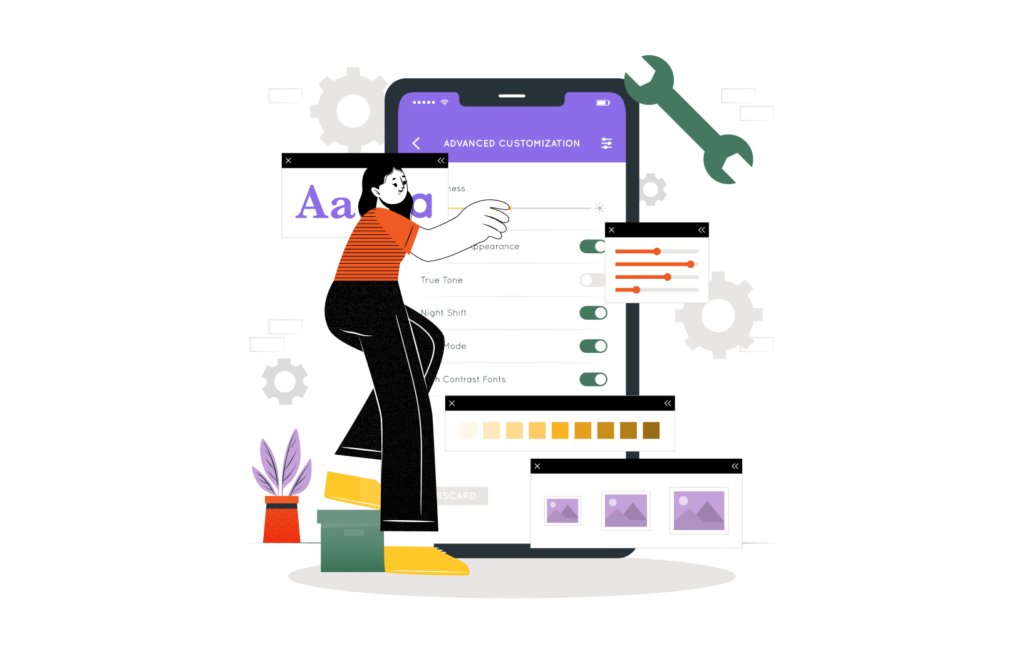
Personalized experience enhances the user experience greatly. After all, who wouldn’t want an app to function for their personal needs? Additionally, it fosters a sense of ownership and connection with the app.
Allow your users to customize the app according to their preferences. This could include personalized settings, themes, or content recommendations based on user behavior.
10. Security First

Security is a top priority when designing a mobile application, especially if it involves sensitive user data. Implement robust security measures to protect user information and maintain user trust. You may use encryption protocols, secured authentication methods, and regularly updated security features to stay ahead of potential threats that may hamper your app’s experience.
11. Cross-Platform Compatibility
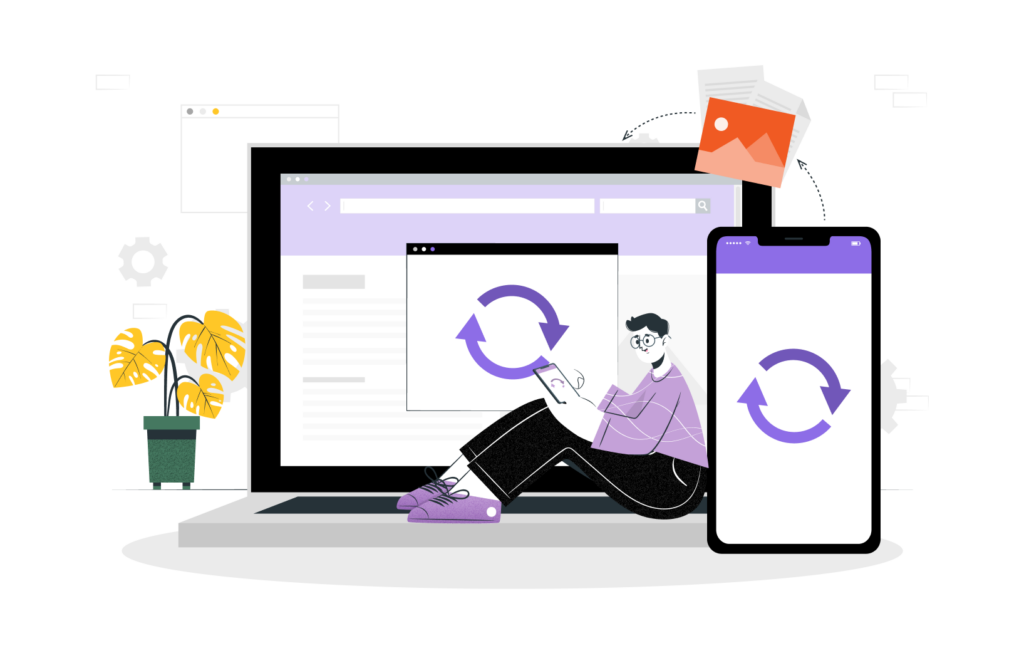
Consider developing your mobile application for multiple platforms to reach a broader audience. While each platform may have its design guidelines, strive for a consistent user experience across all platforms. Consider tools that streamline cross-platform development, allowing you to maintain a cohesive UI design while optimizing development efforts.




